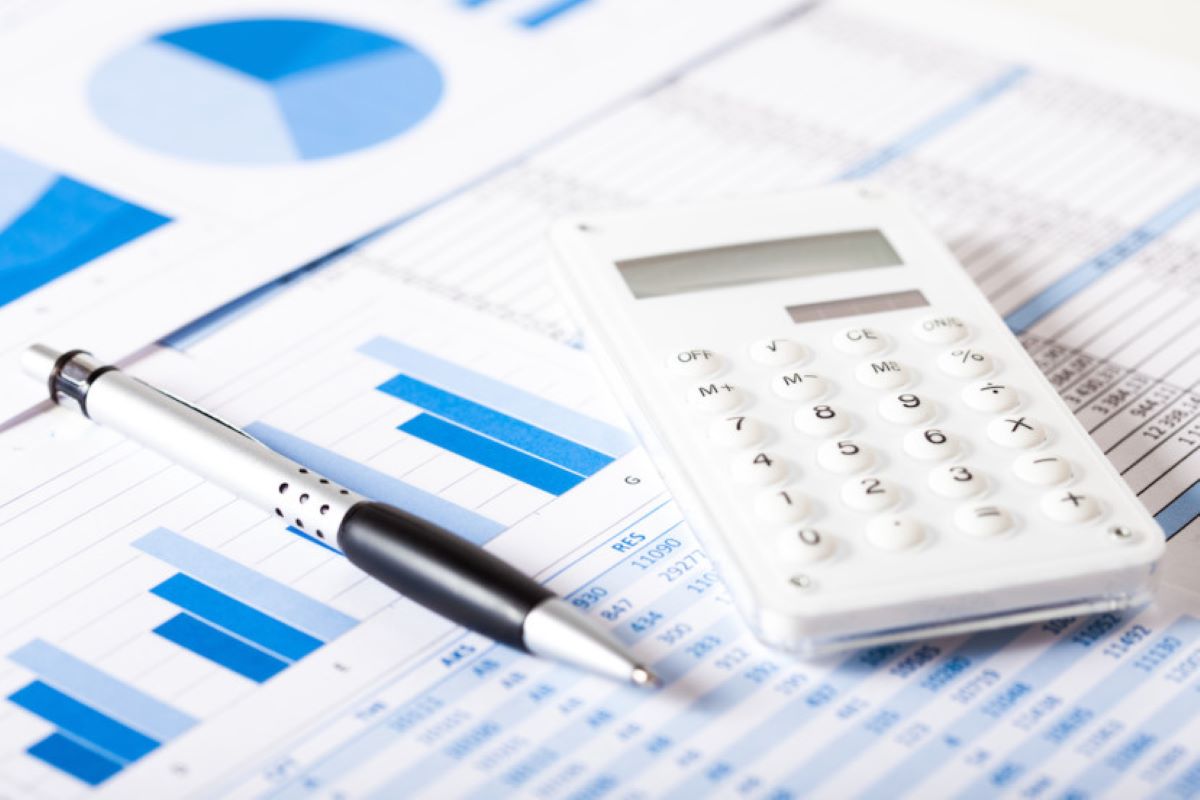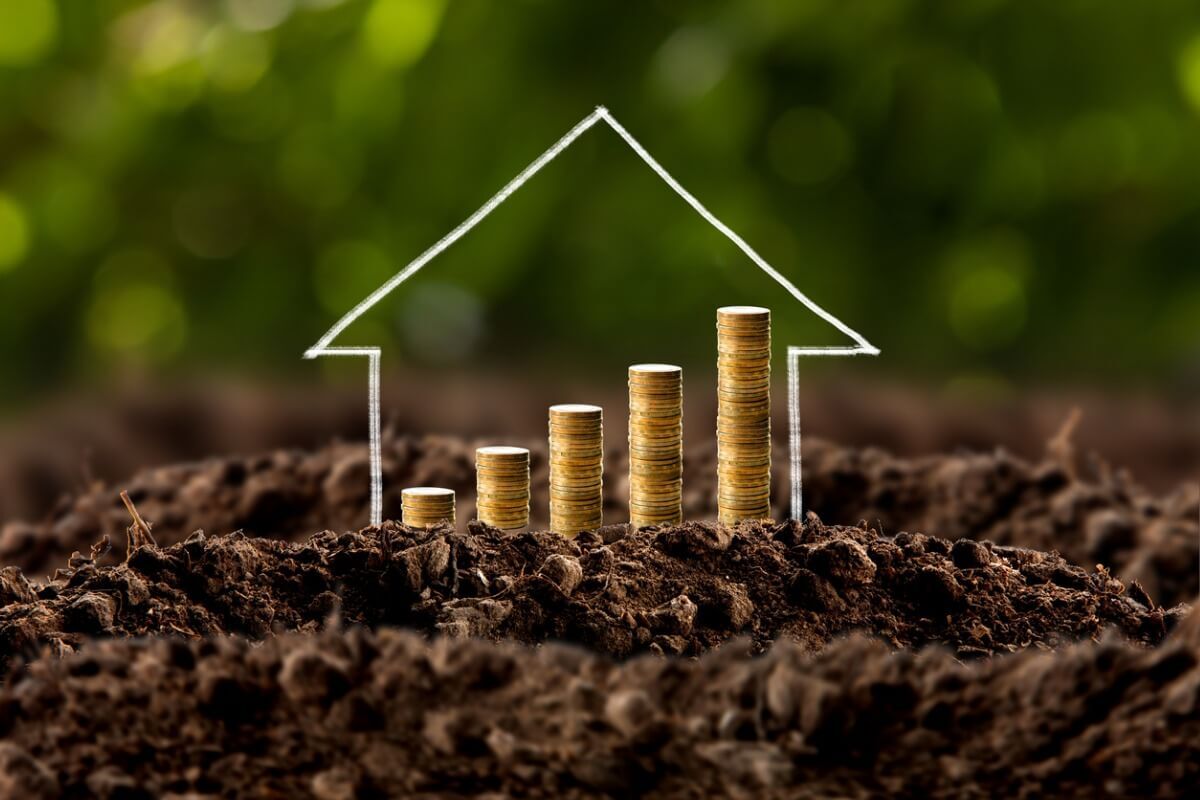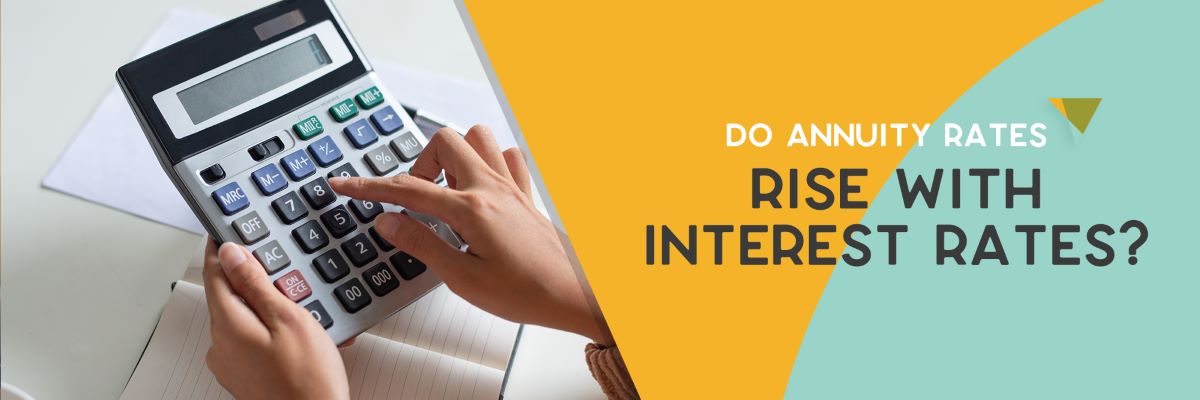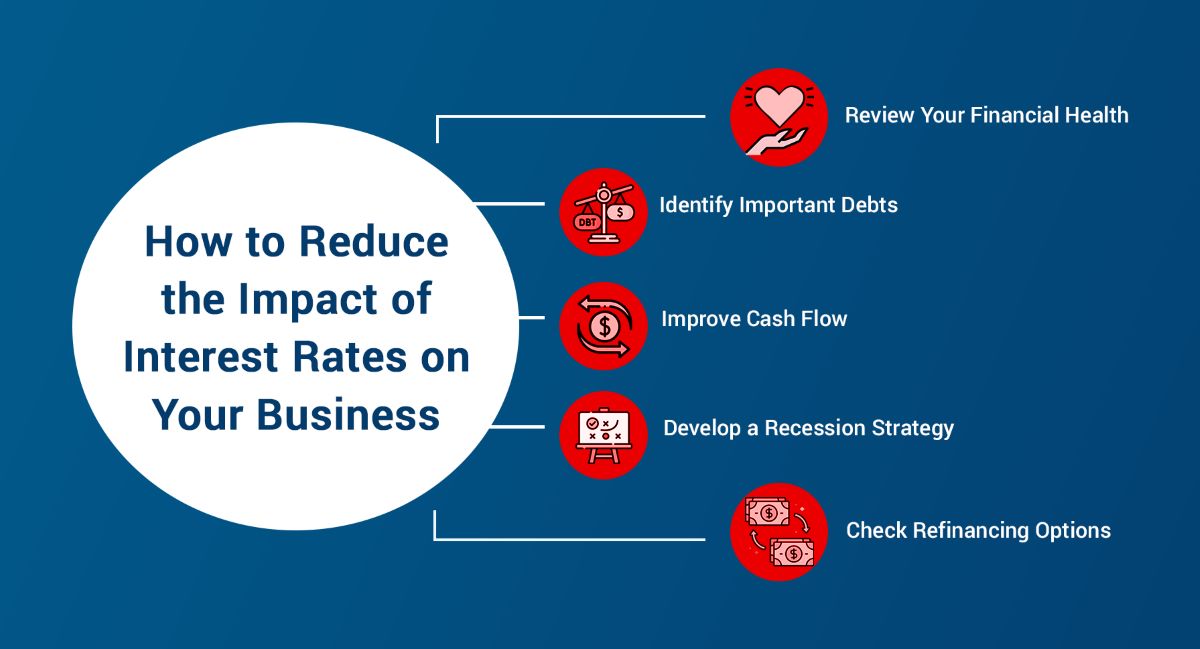Home>Finance>How Do Rising Interest Rates Affect Commercial Real Estate?
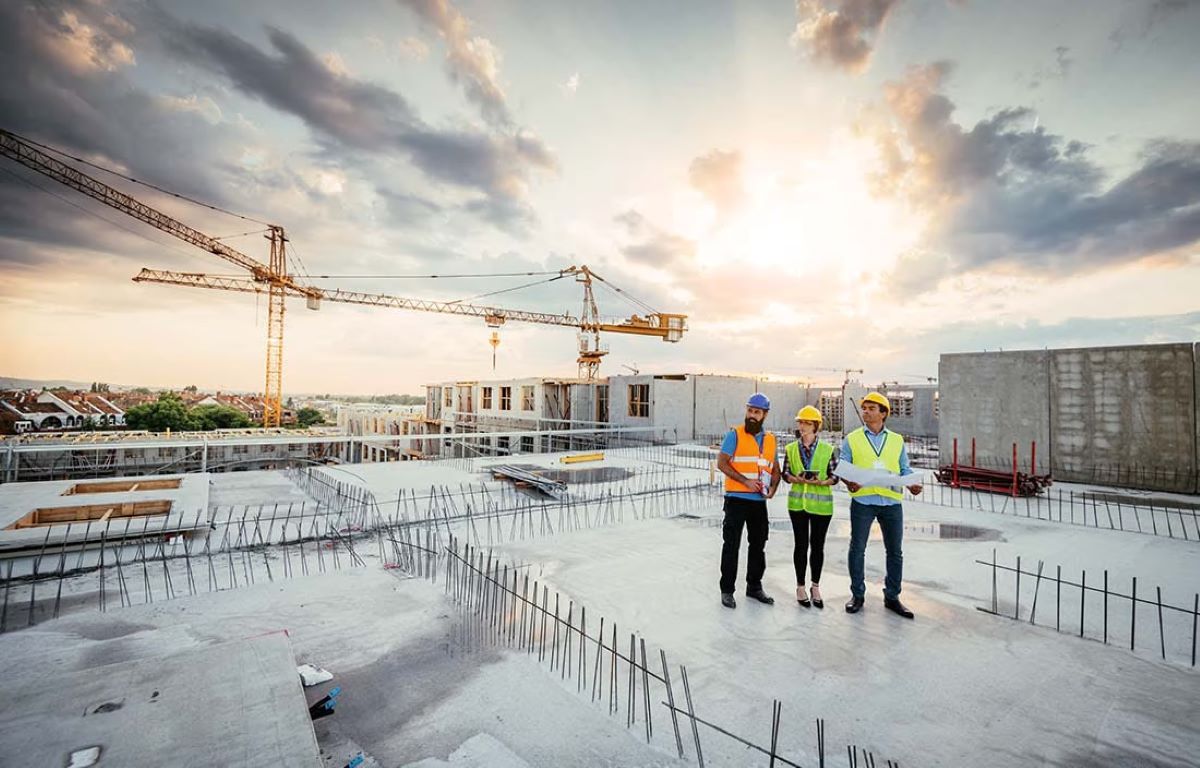

Finance
How Do Rising Interest Rates Affect Commercial Real Estate?
Modified: December 12, 2023
Discover the impact of rising interest rates on commercial real estate and how it affects the finance industry. Stay informed for smarter investment decisions.
(Many of the links in this article redirect to a specific reviewed product. Your purchase of these products through affiliate links helps to generate commission for LiveWell, at no extra cost. Learn more)
Table of Contents
Introduction
As an SEO expert in the finance industry, it’s important to understand the impact of rising interest rates on various sectors. One area that is significantly influenced by changes in interest rates is the commercial real estate market. Whether you’re an investor, developer, or property owner, understanding how rising interest rates can affect commercial real estate is crucial for making informed decisions and navigating market fluctuations.
Interest rates play a vital role in shaping the real estate landscape. When interest rates rise, it directly affects the cost of borrowing, which has far-reaching implications for property values, financing costs, investor demand, rental rates, and development activity. All these factors intertwine and create an intricate web of dynamics within the commercial real estate market. Thus, staying abreast of interest rate trends and their impact on the industry is paramount.
In this article, we will delve into the various ways in which rising interest rates can influence commercial real estate. We will explore how property values, financing costs, investor demand, rental rates, and development and construction projects are affected. Furthermore, we will provide some strategies that can help you navigate these changes and optimize your investments.
Impact on Property Values
The relationship between interest rates and property values is complex. As interest rates rise, the cost of borrowing increases, which can lead to a decrease in demand for commercial real estate. When demand decreases, property values may decline. This is because potential buyers are deterred by higher financing costs and may choose to postpone or abandon their property investment plans.
However, the relationship is not always straightforward. In some cases, rising interest rates may actually boost property values. When interest rates rise, it can often signal a strong economy and increased business activity. This can boost confidence in the market and attract more investors, driving up property values. Additionally, higher interest rates can also result in inflation, which can positively impact property values in the long run.
Another factor to consider is the impact on cap rates. Cap rates, or capitalization rates, are used to estimate the potential return on investment for a property. As interest rates rise, investors may expect a higher return to compensate for the increased financing costs. This can lead to higher cap rates, which in turn, can put downward pressure on property values.
Overall, the impact of rising interest rates on property values depends on various factors, including market conditions, investor sentiment, and the overall health of the economy. It is essential to closely monitor these factors and seek expert advice to accurately assess the potential impact on property values in any given market.
Impact on Financing Costs
Rising interest rates can have a significant impact on financing costs for commercial real estate projects. When interest rates increase, the cost of borrowing rises, making it more expensive to obtain financing for property acquisitions or development. This increased expense can reduce the profitability of real estate investments and potentially limit the availability of funds for new projects.
The impact of higher financing costs is felt throughout the industry. Developers may face challenges in securing construction loans at favorable rates, which can lead to delays or shelving of new projects. Property owners looking to refinance existing loans may find that higher interest rates erode their cash flow or reduce their ability to access equity from the property.
Additionally, higher financing costs can affect investment strategies. Investors seeking to acquire commercial properties may need to adjust their financial models to account for increased interest expenses. This can result in lower offer prices, which can affect property owners looking to sell. On the other hand, investors who hold properties with fixed-rate loans may have a competitive advantage, as they can lock in lower rates and potentially benefit from higher rental income in a rising interest rate environment.
It is crucial for real estate investors and developers to carefully assess the potential impact of rising interest rates on their financing costs. Working with financial advisors and lenders who specialize in commercial real estate can help navigate these challenges and identify strategies to mitigate risk and optimize financing options.
Impact on Investor Demand
Rising interest rates can have a significant effect on investor demand for commercial real estate. Investors are generally attracted to real estate as an investment option due to its potential for attractive returns and diversification benefits. However, as interest rates rise, the opportunity cost of investing in real estate may increase, making other investment options more appealing.
Higher interest rates can lead to a decrease in investor demand for commercial real estate for several reasons. Firstly, higher financing costs can reduce the potential return on investment, making real estate investments less attractive compared to other investment opportunities. Additionally, rising interest rates can increase the discount rate used in valuation models, which can negatively impact property valuations and dampen investor enthusiasm.
Shifts in investor demand can also impact commercial real estate prices. When demand decreases, sellers may need to adjust their pricing strategies to attract buyers. This can result in price reductions and potential opportunities for bargain-seeking investors. On the flip side, sellers may choose to hold onto their properties until market conditions improve, creating a temporary decrease in available inventory.
Despite the potential challenges, there are still investors who see rising interest rates as an opportunity. Some investors may take advantage of higher interest rates by seeking distressed properties or identifying undervalued assets. Additionally, investors with a long-term perspective may view rising interest rates as a sign of a healthy economy, which can contribute to increasing rental rates and property values over time.
It is crucial for both investors and property owners to closely monitor interest rate trends and market conditions to make informed investment decisions. Diversification, thorough analysis, and maintaining a long-term investment strategy can help mitigate the impact of rising interest rates and take advantage of potential opportunities within the commercial real estate market.
Impact on Rental Rates
Rising interest rates can have a direct impact on rental rates in the commercial real estate market. As financing costs increase for property owners, there is a tendency for them to pass these costs onto tenants through higher rental rates. This can occur during lease renewals or when negotiating new leases. Tenants may experience increased rental expenses, which can affect their operating costs and potentially impact their profitability.
However, the correlation between rising interest rates and rental rates is not always linear. The extent to which property owners can increase rental rates depends on the supply and demand dynamics of the specific market, as well as other factors such as the overall health of the economy and tenant demand.
In a strong economy with high tenant demand, property owners may have more leverage to increase rental rates, even in a rising interest rate environment. On the other hand, in a market with an oversupply of commercial space or limited tenant demand, property owners may have to absorb the increased financing costs themselves to maintain occupancy levels and retain tenants.
Additionally, rising interest rates can indirectly impact rental rates by influencing property values. If property values decline due to decreased investor demand, property owners may hesitate to raise rental rates for fear of losing tenants or facing increased vacancy rates. Conversely, if rising interest rates coincide with a vibrant economy and increasing tenant demand, rental rates may rise organically due to market forces.
It is essential for both tenants and property owners to carefully consider the potential impact of rising interest rates on rental rates. Tenants should anticipate and budget for potential rent increases, while property owners should evaluate market conditions and tenant demand to determine the feasibility of adjusting rental rates. Market research and engaging with real estate professionals can provide valuable insight into rental rate trends and potential strategies to optimize lease agreements in a rising interest rate environment.
Impact on Development and Construction
Rising interest rates can significantly impact development and construction activity in the commercial real estate sector. The cost of borrowing plays a crucial role in financing new projects and can heavily influence the decision to move forward with development plans.
Higher interest rates can lead to increased financing costs for developers, which can directly impact the feasibility and profitability of new construction projects. Developers may face challenges in securing construction loans at favorable rates, as lenders may become more conservative in their lending practices. This can lead to delays or even the cancellation of projects, particularly for smaller developers or those with limited access to capital.
Rising interest rates can also impact construction costs. As borrowing costs increase, developers may experience higher expenses for materials, labor, and other construction-related expenses. This can put additional pressure on project budgets and potentially erode profit margins. Additionally, increased financing costs may affect developers’ ability to attract investors or secure pre-lease agreements, which are often crucial in obtaining project financing.
Furthermore, rising interest rates can have a broader effect on the overall supply and demand dynamics in the real estate market. If developers are unable to commence new projects due to high financing costs, it can lead to a slowdown in construction activity and a potential decrease in available commercial space. This, in turn, can impact rental rates and tenant options.
To navigate the challenges of rising interest rates in the development and construction sector, developers should carefully evaluate project feasibility, conduct thorough financial analyses, and explore alternative financing options. Additionally, staying informed about the market conditions and working closely with lenders and real estate professionals can help in adapting strategies and identifying opportunities within the changing landscape of commercial real estate development and construction.
Strategies for Navigating Rising Interest Rates
While rising interest rates can pose challenges to the commercial real estate market, there are strategies that investors, property owners, and developers can employ to mitigate the potential impact and optimize their investments:
- Monitor Interest Rate Trends: Stay informed about interest rate trends and forecasts to anticipate and prepare for potential changes in the market. This can help you make proactive decisions and adjust your investment strategies accordingly.
- Refinance Existing Loans: If you have existing loans, consider refinancing them to take advantage of lower interest rates before they rise further. This can help reduce your financing costs and improve cash flow.
- Explore Fixed-Rate Financing: Consider securing fixed-rate financing for new acquisitions or construction projects to protect against future interest rate increases. This can provide stability and predictability in your financing costs.
- Focus on High-Demand Markets: Invest in commercial real estate in markets with strong fundamentals and high tenant demand. These markets tend to be more resilient to rising interest rates and offer better opportunities for rental income growth.
- Consider Alternative Financing Options: Explore alternative financing options such as private equity, joint ventures, or crowdfunding platforms. These options may offer flexibility and potentially more attractive terms in a rising interest rate environment.
- Diversify Your Investment Portfolio: Diversify your commercial real estate investments across different markets, property types, and financing structures. This can help spread risk and minimize the impact of rising interest rates on your overall portfolio.
- Optimize Property Management: Efficient property management can help enhance property performance and offset potential increases in financing costs. Focus on tenant retention, property maintenance, and cost control to maximize rental income and maintain strong occupancy levels.
- Stay Agile and Adapt: Real estate markets are dynamic, and conditions can change rapidly. Stay nimble and be prepared to adapt your strategies as market conditions evolve, including adjusting rental rates, exploring new investment opportunities, or considering property repositioning.
By implementing these strategies, investors, property owners, and developers can navigate the challenges of rising interest rates and position themselves for success in the commercial real estate market.
Conclusion
Rising interest rates have a significant impact on the commercial real estate market, affecting property values, financing costs, investor demand, rental rates, and development activity. While the relationship between interest rates and these factors is complex and can vary depending on market conditions, it is crucial for industry participants to understand the potential implications and develop strategies to navigate these changes effectively.
Property values can be influenced by rising interest rates, with both negative and positive effects possible. Financing costs increase as interest rates rise, which can impact the feasibility of new projects and the profitability of real estate investments. Investor demand may decrease due to higher opportunity costs, but there are still opportunities for those who can identify undervalued assets. Rental rates may increase as property owners pass on higher financing costs to tenants, though market dynamics and demand-supply balance also play a role.
Developers and construction activity can be significantly affected by rising interest rates, with financing challenges and increased construction costs. However, careful evaluation, alternative financing options, and market analysis can help mitigate risks and identify opportunities within the changing landscape.
Ultimately, staying informed about interest rate trends, proactively managing financing options, diversifying investment portfolios, and optimizing property management can help investors and industry participants navigate rising interest rates successfully. By remaining agile and adaptable, it is possible to overcome challenges and seize opportunities in the ever-evolving commercial real estate market.



